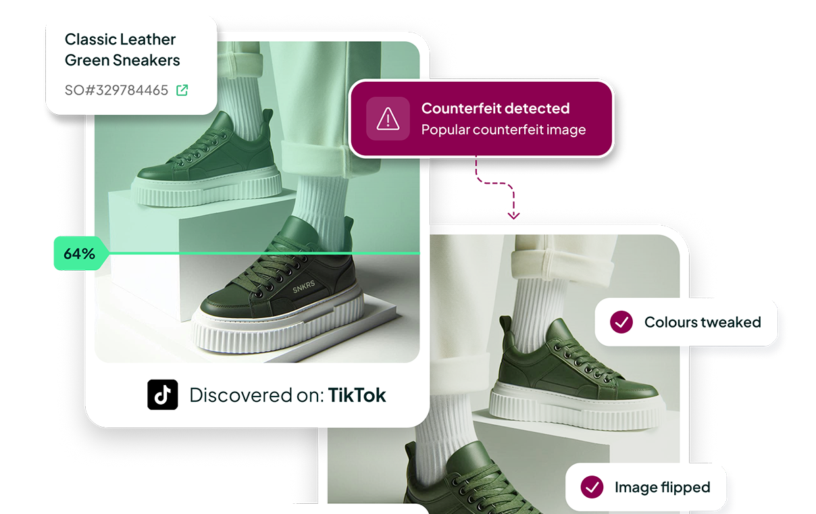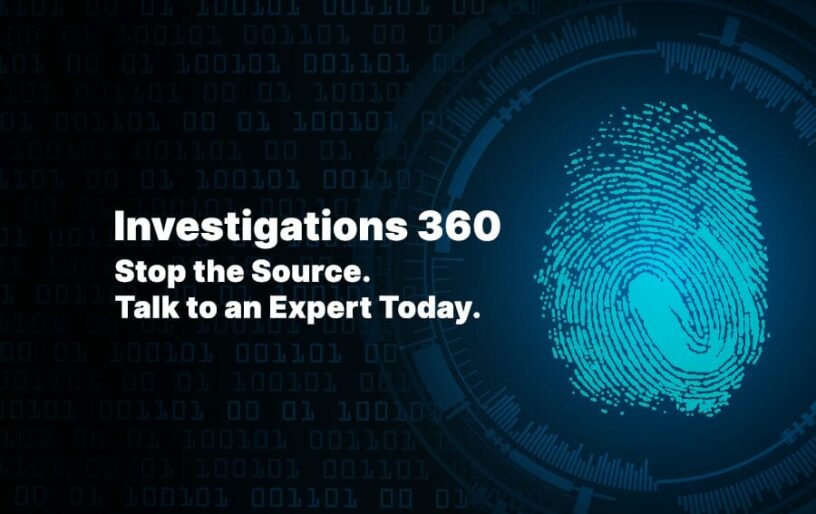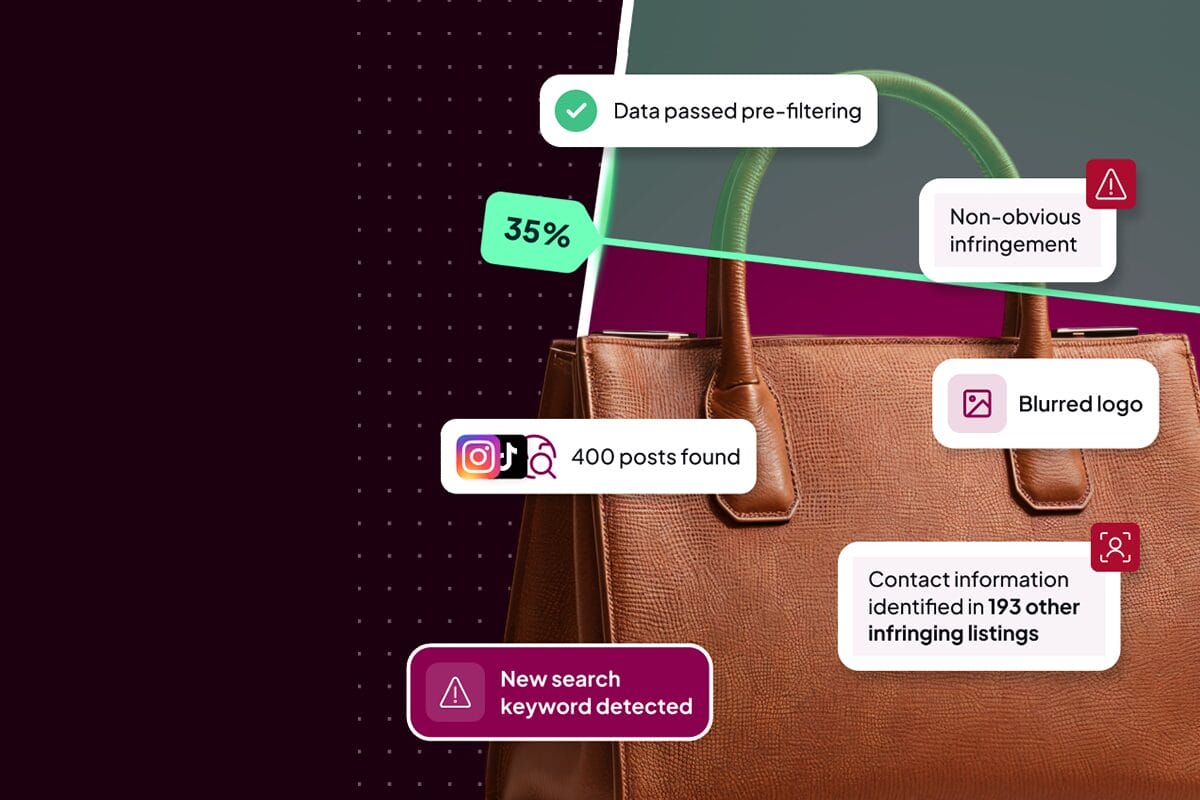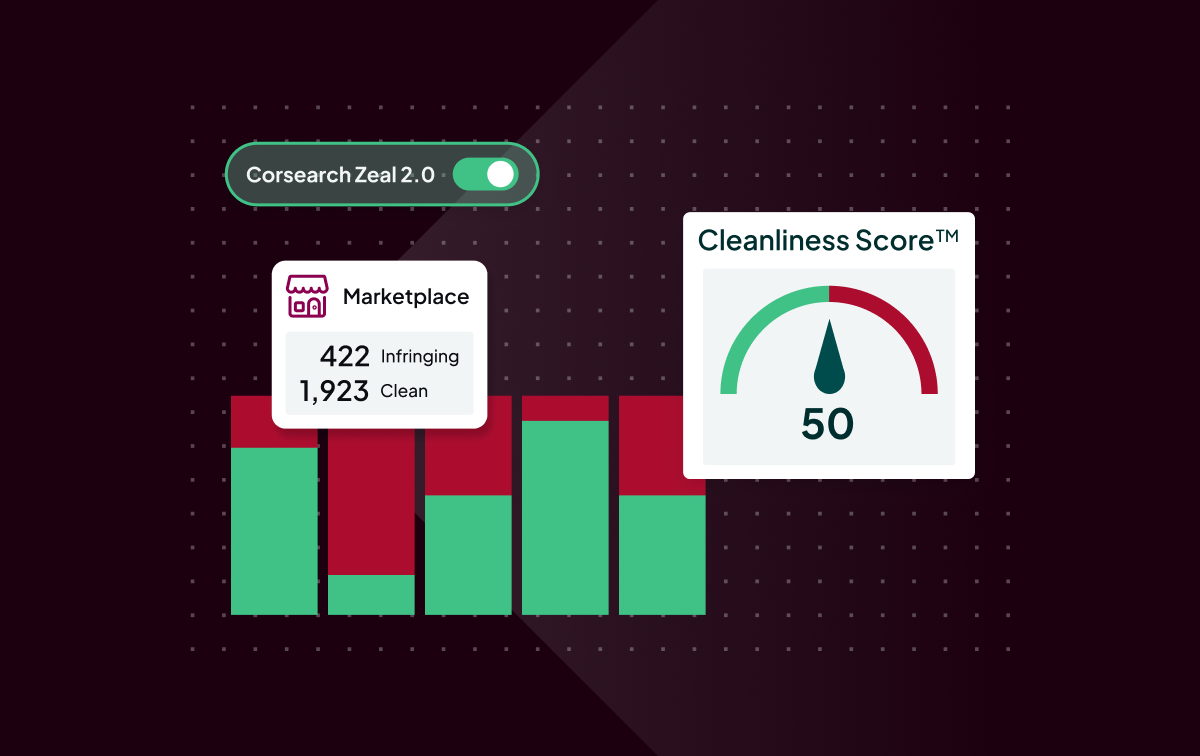Blog
From Monitoring to Mastery: The Evolution of Online Brand Protection
- Brand Protection
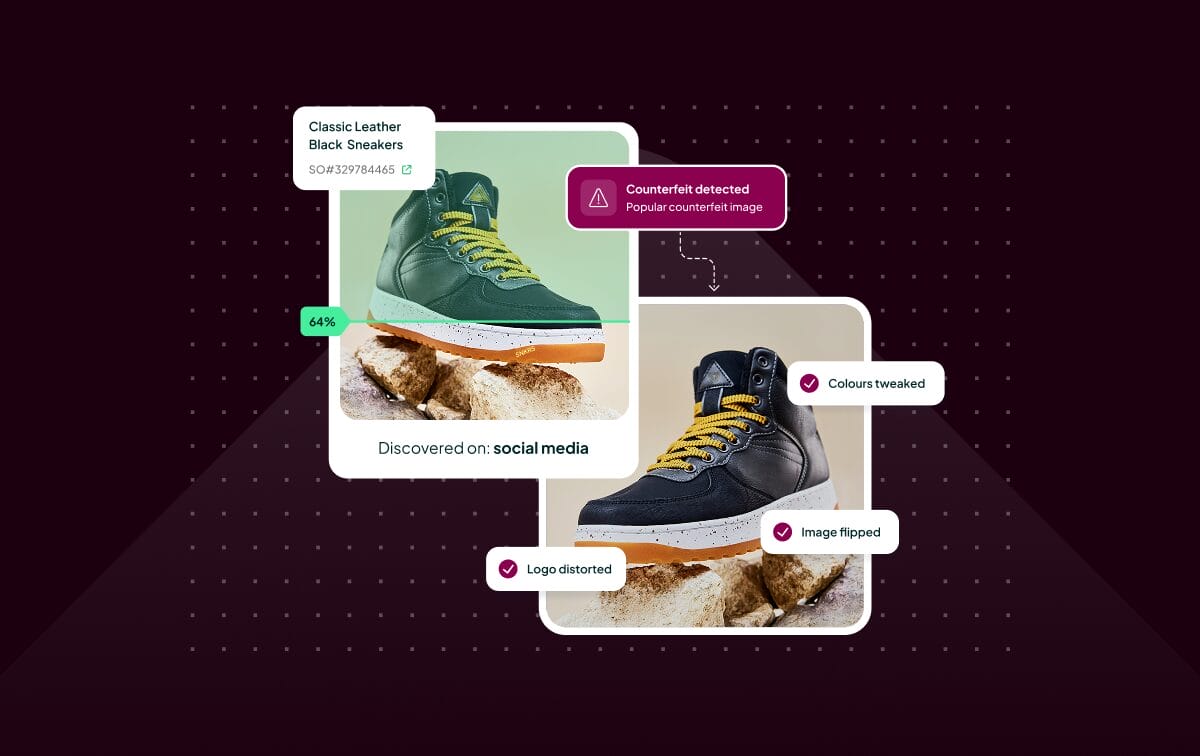
Counterfeiters and infringers, once operating in the shadows of the physical world, have evolved with the advent of technology and now boldly exploit social media loopholes to increase their market share, encroaching on the profits of the brand. The internet has become a battleground where counterfeit goods thrive, often indistinguishable from legitimate products to the untrained eye.
For decades, Brand Protection was a cat-and-mouse game. Today, it’s war, and the terrain keeps shifting.
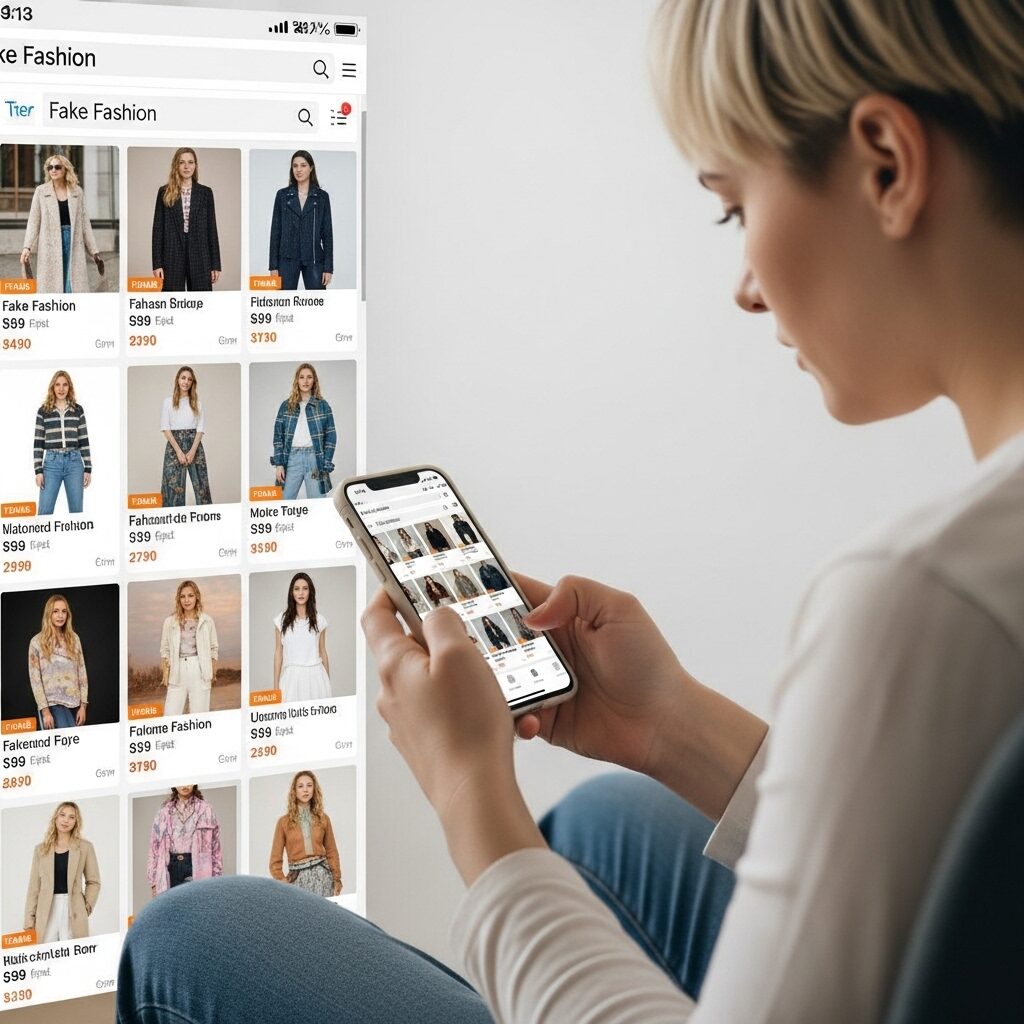
The 1990s: early echoes of chaos
Online Brand Protection began as a side quest in the broader cybersecurity saga. In the 1990s, when the internet was still in its digital adolescence, brand impersonation was rudimentary. Think typo domains, copycat sites, and basic phishing. The tools? Manual monitoring, cease-and-desist letters, maybe a court order if you had the legal firepower. Brand owners were reactive. At best, they were playing defense.
The general belief was: If we don’t see it, it doesn’t hurt us. That didn’t last long, and the belief aged like milk.
2000s: Counterfeiting goes digital
By the mid-2000s, globalization and e-commerce collided. Suddenly, counterfeiters had access to global storefronts, eBay, Taobao, and eventually Amazon and Alibaba. They no longer needed seedy markets or backroom deals. With a few clicks, anyone could sell knockoffs across borders.
This decade saw the rise of digital sleuthing tools, basic scrapers, and domain trackers, but they were scattered and siloed. Platforms technically banned IP infringement, but few read the fine print, and fewer enforced it. Takedowns were inconsistent, fueling a whack-a-mole cycle: kill one listing, ten more pop up.
Despite best efforts and intentions, platforms struggled to keep tabs on the sheer volume of listings:
- 2007 – L’Oréal v. eBay: L’Oréal brought a case against eBay and certain sellers over trademark infringement involving counterfeit products. While eBay’s terms prohibit the sale of counterfeit and infringing goods, overseeing millions of listings presents inherent challenges. The UK High Court acknowledged eBay’s existing filtering systems and efforts to address such issues, while also noting areas where additional measures could be considered.
- 2008 – Tiffany v. eBay: Tiffany had first raised the issue in 2003, alerting eBay to the sale of counterfeit goods. eBay encouraged the use of its VeRO (Verified Rights Owner) program, which allowed rights holders to report infringing listings through a Notice of Claimed Infringement (NOCI). While this system facilitated removals, counterfeit listings remained an ongoing problem despite eBay’s interventions.
- 2004 onwards – Operation Apothecary by FDA and The National Intellectual Property Rights Coordination Center (IPR Center) was the first major global effort to tackle online pharmaceutical counterfeiting. Operation Apothecary targets pharmaceutical smuggling with a two-pronged approach: intercepting counterfeit drugs at U.S. borders and dismantling the domestic and international networks behind them. It exposes entry-point vulnerabilities, seizes illegal shipments, and shuts down traffickers of unapproved or adulterated medications.
Still, most brands ignored the problem, as the cost of inaction wasn’t yet as high—or existential—in their eyes.
2010s: The race begins
The 2010s ushered in a dramatic escalation. Social media and mobile commerce exploded. Instagram, Facebook, and, more recently, TikTok, became the new playgrounds for counterfeiters. Influencer marketing and peer-to-peer selling added murkiness to already-grey waters.
It became integral for Brand Protection to shift from “monitoring” to “intelligence.” Companies started seeing the need to hire vendors with machine learning models that could crawl marketplaces and match logos, descriptions, and patterns. Image recognition entered the scene. Bots were built to chase bots.
But here’s the rub: Brands were late to the game. So automation didn’t necessarily solve the problem; it accelerated the game. The best counterfeiters adopted AI before most brands did. They used automation to pump out listings at a much faster pace and used AI to not just create listings, but also market them from the shadows using short-form content on social media. They masked listings, used dynamic pricing, and cloaked IP addresses.
Meanwhile, consumers got smarter, but not necessarily more loyal. If they could get a knockoff that looked 90% identical for 10% of the price, ethics often lost to economics.
2020s: The acceleration
COVID-19 didn’t just transform how we live; it threw gasoline on the fire. Online shopping boomed. So did online counterfeiting. It was no longer just the luxury goods, unaffordable but desirable, that were being counterfeited. Health products, PPE, supplements, everything was being faked and sold online.
This was the crucible moment. Brand Protection could no longer afford to be passive.
The smart brands pivoted. They stopped treating Brand Protection as a compliance function and began treating it as a core growth enabler. They invested in:
- AI native solutions, like Corsearch Zeal 2.0, whose core infrastructure allowed faster and efficient takedown of infringements and counterfeit products.
- Integrated threat intelligence (combining social, dark web, marketplaces, and payment networks)
- Proactive disruption, like Corsearch Investigations 360, that allowed for things beyond takedowns e.g., infiltrating counterfeit networks, seizing assets, disrupting supply chains, etc. (Read more about how Corsearch Intelligence helped take down a global counterfeiting empire here)
In essence, Brand Protection matured into brand mastery. But the reality is, most brands still fall behind. They’re playing 2010s defense in a 2025 offense-driven world.
The shift: From reaction to prevention
We are now in the age of proactive brand defense. The best players don’t just watch, they anticipate. They know that waiting for a threat to come knocking at their door will never allow them to get ahead of the game. They rely on partners who have expertise in taking down the threat for good. Partners who model adversary behavior, anticipate attack paths, and help brands harden their digital footprint like a fortress.
The old mindset: Let’s remove infringing listings.
The new mindset: Let’s stop them from appearing in the first place.
Trends leading this shift:
- Metrics, such as Cleanliness Score™ by Corsearch, to give you an accurate measure of infringement visibility and brand risk.
- AI pattern recognition that hunts down cleverly disguised counterfeits by actually seeing them, even if the logos are gone, the image is cropped, or it’s buried in a mountain of similar listings. We’re talking image matching that finally cracks the hidden link problem.
- Deep keyword capabilities that adapt, sniffing out the latest infringement tactics that other platforms and methods just won’t catch.
- Advanced clustering and invisible tagging, allowing products to be traced back to the source in seconds
- At speed enforcement: Direct platform integrations to automate enforcement, slashing takedown times. This means fewer consumers are misled, and your margins stay protected.
Needless to say, staying ahead of counterfeiters requires more than constant vigilance; it demands continuous innovation, something we’re deeply committed to at Corsearch.
Read more about Corsearch Zeal 2.0 here.
What needs to be left behind
Too many brands still hide behind vague dashboards and vanity metrics. Takedown numbers are meaningless if consumer trust is eroding. The obsession with enforcement over impact is a false economy.
Let this sink in: If your Brand Protection program isn’t reducing business risk or building consumer trust, it’s just theater. It might look good from the outside, but it’s just for show — a false sense of security that does nothing to stop counterfeiters.
What comes next?
We’re entering the synthetic era: AI-generated everything, including fake products, fake reviews, fake influencers, and fake brands. Soon, counterfeiters won’t just mimic your product; they’ll manufacture demand using AI avatars and bots.
Brand Protection in 2030 won’t be about reactive actions on threats. It will be about throwing up barricades before counterfeiters have had a chance to mimic your intellectual property and products.
Final word: The cost of complacency
One viral moment can launch a counterfeit. One scandal can destroy trust. Brand Protection isn’t just a function; it’s an identity.
The brands that win are the ones who understand that protection goes beyond policing the perimeter. It’s about owning the narrative — and knowing when to call in the experts.
You can monitor, or you can master. One is expensive. The other is priceless.

